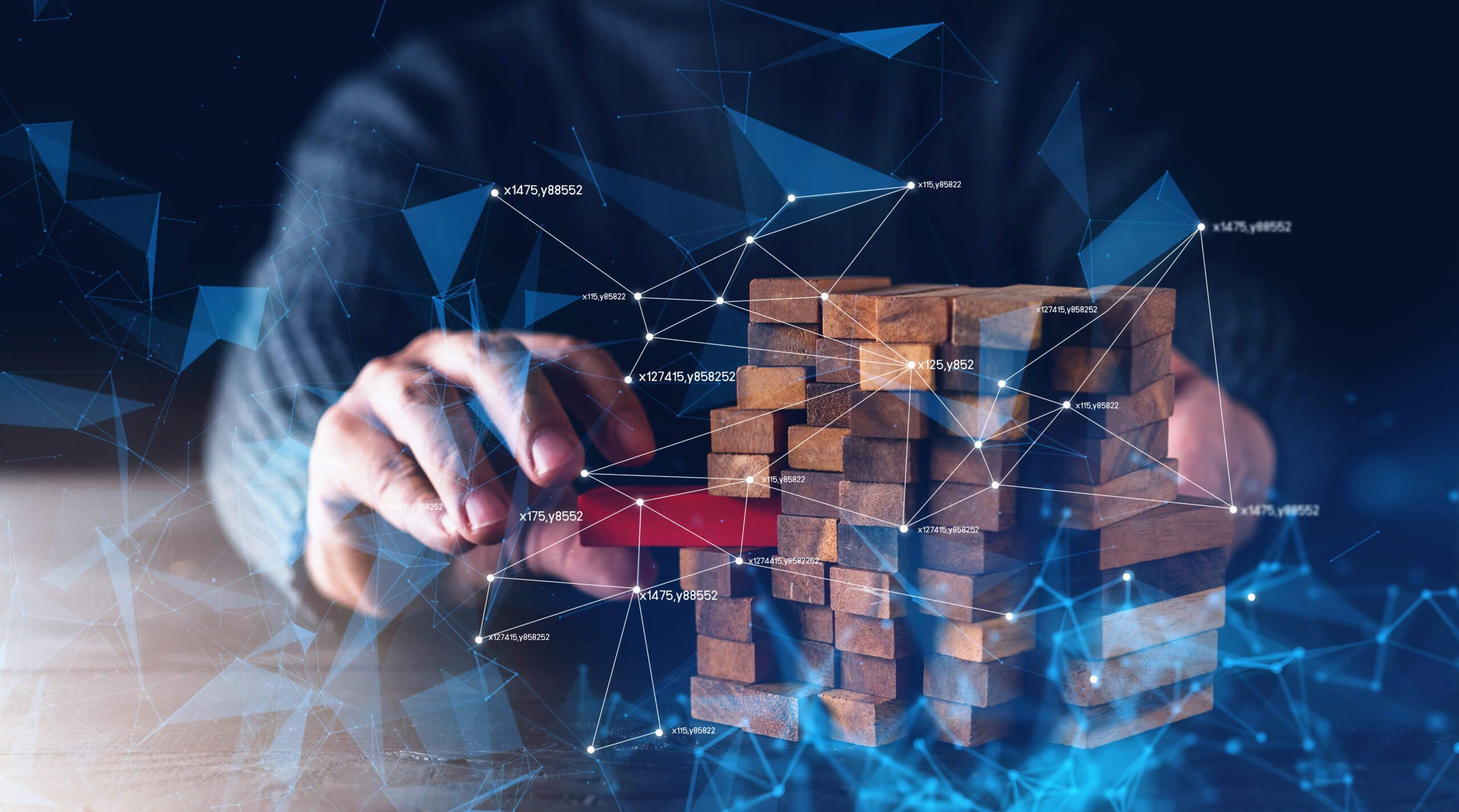
Creating a strategy for technology innovation involves getting a handle on the unknown and the unpredictable. It comes with the territory. Just look at today – the market situation we are in could never have been predicted last year. Digital innovations generally have a range of risks that extend beyond the actual delivery of the idea at hand. So how should you proactively manage these risks?
At Gigster, we believe there are three keys to risk management – the right team, the right processes, and the right risk measures.
TEAMS
Many factors are at play in de-risking delivery. A key tenet of technology innovation is finding the right team with the perfect skill set for every phase of the innovation process. On one hand, a team that lacks synergy and cohesiveness dramatically increases the risk of delivery. On the other hand, a static team that is fully resourced but not fully utilized is demotivated and ineffective.
The makeup of the team is one factor; optimal elastic staffing based on roles and responsibility is another key factor. The design process is heavy at the beginning, ideally staffed with designers and product managers who have an eye for the MVP, balanced with a technical architect who can support various stages of innovation. The development team might be engaged at this time, but maybe not at full capacity or full load. Then, as development starts in full swing, the designers’ engagement might be lowered, and the project manager starts to source for QA support. Gigster’s just-in-time elastic staffing and recommendation engine help staff the right balanced team, which provides 50% higher productivity.
Besides productivity gains, elastic staffing allows us to extend the team when expert reviews and SME checkpoints are needed; for example, technical reviews, code reviews, and design reviews.
PROJECTS & PROCESSES
Projects can be poorly scoped. With innovation creation and lean practices, there is a fail-fast approach to product development. Projects can be underfunded, based on the inability to sell a vision, and projects can be open-ended or intractable. Given the startup nature of innovation and of dynamic staffing and hybrid teams, it is important to follow processes that help shorten the “norming, storming, forming and performing” stages that are common with static teams. In an innovative technology culture, time is of the essence, every milestone counts, and every iteration can inform and adjust product direction. To reduce or eliminate risk, not only is it important to measure often, it is vital to understand what to measure.
Gigster’s continuous calibration methodology involves measuring a variety of aspects across the three pillars of Talent, Team and Delivery. Individual competencies are one measure, but so are reflections and retrospective measures around confidence, happiness, and a sense of hitting the target. Gigster’s unique methodology calibrates on subjective measures, 360-degree evaluations, and peer-to-peer scoring mechanisms. We also calibrate on data gathered from actual quantified work, including code commits, number of peer reviews, severity of bug fixes, velocity, burnup, and burndown measures.
RISK MEASURES
The environment in which technology innovation happens is fertile with several issues – the unknown nature of new technology, as well as the uncharted territory of innovation. Development can be delayed, and new engineering approaches may not work out as expected. Traditional measures of burnup, burndown and velocity may or may not work well. This is especially true with new teams and new projects, where we’ve not yet formed an understanding of their velocity. In times like this, proactively evaluating risk is the key to navigating innovations. At Gigster, where elastic teams and team effectiveness are paramount to success, we use an additional nuance to keep on top of risk mitigation strategies. We measure the sense of “confidence” from the team about their progress and trajectory. We measure satisfaction and happiness alongside traditional productivity measures. This evaluation is done in the context of three key KPIs:
- Confidence in delivering on time
- Satisfaction on work done
- Confidence in achieving trajectory
Besides an aggregate score that indicates the team perspective on risk, we normalize this with a quantitative metric of delivered versus planned work. A score of <60 indicates an increased risk, qualifying entry into the risk register; a score of >90 might possibly indicate overconfidence.
Gigster’s calibration engine continuously evaluates risks, flagging timely alerts to conduct real-time audits. Real-time audits are conducted by extending the team with independent experts to peer-review certain deliverables, review technical architecture and non-functional requirements on an as-needed basis, dramatically reducing risk by nearly 75%.
In my next blog. I’ll describe how our Engineering team uses the Gigster model of elastic staffing, dynamic and blended teams with continuous calibration as we build a cloud version of the Gigster Innovation Platform.